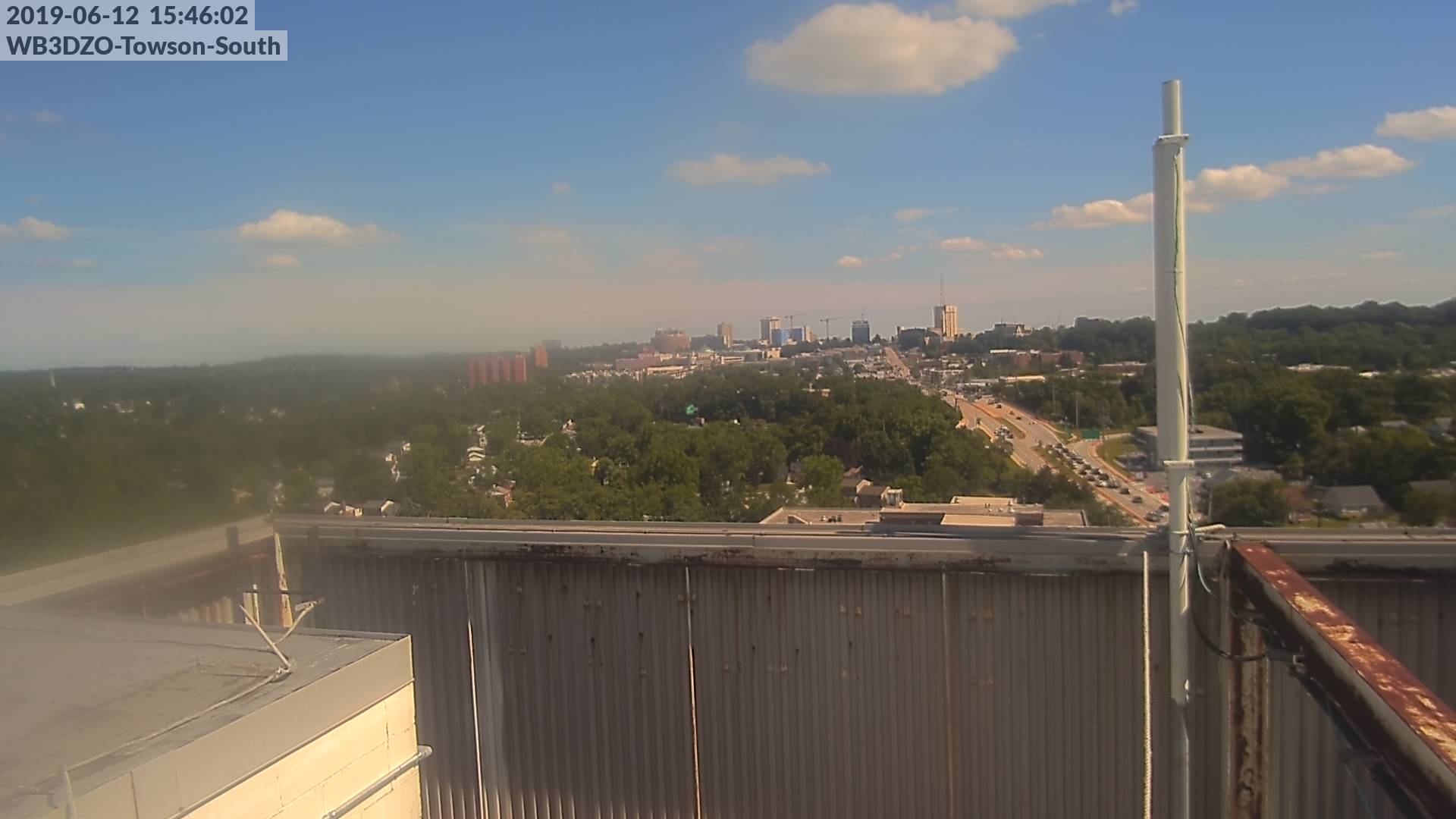C4FM Digital Voice Repeater

The 443.350 standalone repeater has been upgrade to the Yaesu System Fusion, supporting both C4FM and analog voice transmissions. We welcome you to try it out! If you hear strange tones on the repeater, transmitting with FM voice will change the output to FM for the duration of the QSO.
WB3DZO Linked FM Repeater System
This wide-area repeater is located in Baltimore, Maryland, WB3DZO/R is a very popular FM repeater system. WB3DZO/R is the host frequency of nets on most days of the week. Maintained by the BRATS, WB3DZO/R has been in operation since the mid 1970's and has been recently upgraded with a new software-based controller. Located on a single transmit site and multiple receive sites in Baltimore, the repeater supports emergency service and rag-chewing. Frequencies: 147.030+, 224.960-, and 448.325-. Please program a tone of 156.7 in if using 147.030+; we have been using a tone at only a single site for testing.
WB3DZO Portable Repeaters
The BRATS maintain both 2m and 70cm portable repeaters on the TMARC-authorized Shared, Nonprotected Pairs. These repeaters are used for special events on 145.170+ and 442.900+.
WB3DZO Data Repeater
The WB3DZO Data Repeater is a network of 802.11n sector antennas using 5 MHz channels on the 5 GHz amateur allocation. Using a Ubiquiti NB5g25 dish mounted on a house's roof, coverage should be possible in these areas:
Channels are 5 MHz, and are on 5870, 5890, and 5910 MHz. Contact us for help with alignment!
Clubs wishing to link in to the BRATS backbone can contact us as well - we'll evaluate the best way to link up.
W3WCQ/R ATV Repeater
Located in Baltimore, Maryland, W3WCQ/R is one of the very first ATV repeaters in the United States. The only older US ATV repeater was the now gone, the MetroVision ATV repeater in Washington, DC. Maintained by the BRATS, W3WCQ/R has been in operation since the mid 1970's. Located entirely at a single site in Northeast Baltimore, the repeater operates DVB-T format on 426.25 MHz output with 439.25 MHz input. ATV Quick Start (written quite some time ago) provides a historical introduction to Amateur Television (ATV). See ATV Quick Start II for a current synopsis of Amateur Television in the area. If you don't see activity on the ATV repeater, give a call on the FM repeater system (147.03+, etc.) to announce your interests. Weeknights around 9:00 pm. and during FM nets are particularly popular for video activity.
Current activity for our ATV repeater is a reconfiguration, continuing the popular DVB-T format of digital video for input and output. NTSC input and other input sources are follow-on opportunities. Later options include signals for inexpensive DVB set-top boxes for receiving, which are prevalent on eBay. The set-top boxes can be self-programmed or request a programming image file by sending a request to brats@bratsatv.org . Our image file may help.
System enhancements include computer-controlled source selection and remote configuration via the Internet. Efforts are underway toward linking with other Mid-Atlantic ATV repeaters via the MidAtlantic DATV group. The first leg of the network is intended to be York, PA, through New Freedom, PA, to the CATS Towson ATV repeater--1.291 ghz. output. Subsequent plans are farther south to our BRATS ATV repeater with link plans of northwest to Wilmington, Delaware and also south to the CATS Laurel ATV repeater--421.25. mhz. output.





Pingback: Ham Radio Night: Prep for Field Day! | Unallocated Space